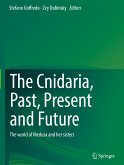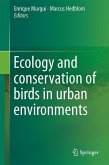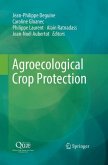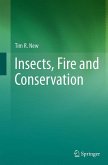Includes chapters on assessing changes among assemblages and in individual species, the variety of general threats (notably habitat changes and impacts of alien species) and more particularly urban threats. The first global overview and synthesis of the impacts of urbanisation on insects and their relatives and the needs and theoretical and practical background to conserving them in urban environments. Insect dependence on open spaces in built-up areas suggests a wide range of management options for conservation, from individual site (including novel habitats such as green roofs) to landscape-level connectivity. These measures, all discussed with specific examples, involve all sectors of humanity, from government agencies to individual householders and 'citizen scientist' groups. Each chapter includes pertinent and recent.
"This very readable book consists of 11 chapters, beginning with consideration of the characteristics of urban areas and how their changing nature modifies ecosystems at a broad level. ... thoroughly recommend this book to anyone interested in conservation of insects or other biodiversity, whether their focus is urban, agricultural or otherwise. It is an excellent overview of the subject without being over-long or wordy, and provides a realistic assessment of the challenges that we face in urban insect conservation." (Alvin. J. Helden, Journal of Insect Conservation, Vol. 20, 2016)








